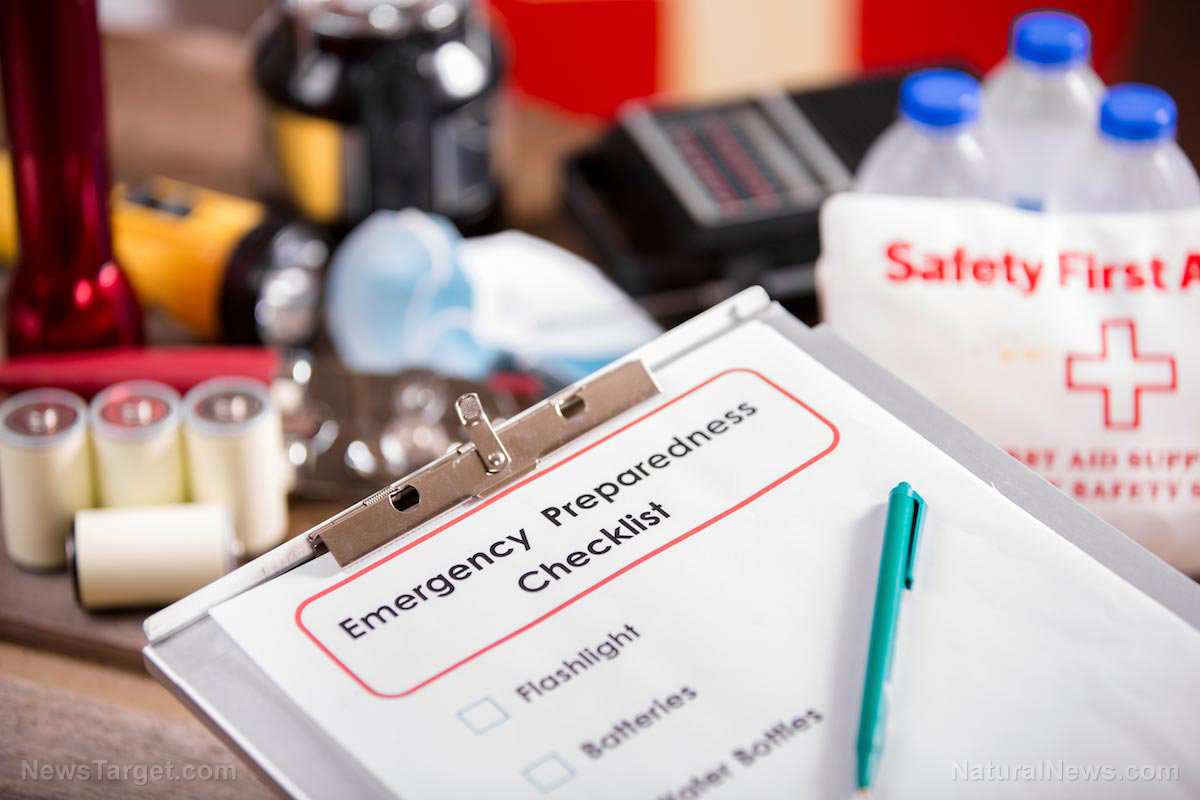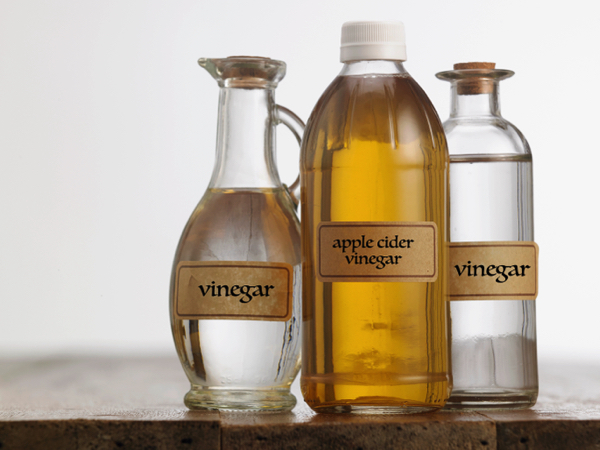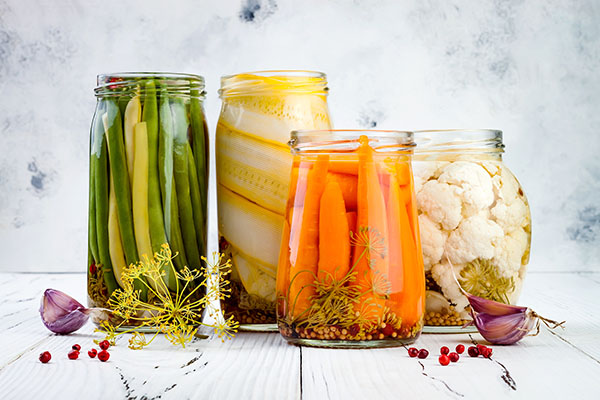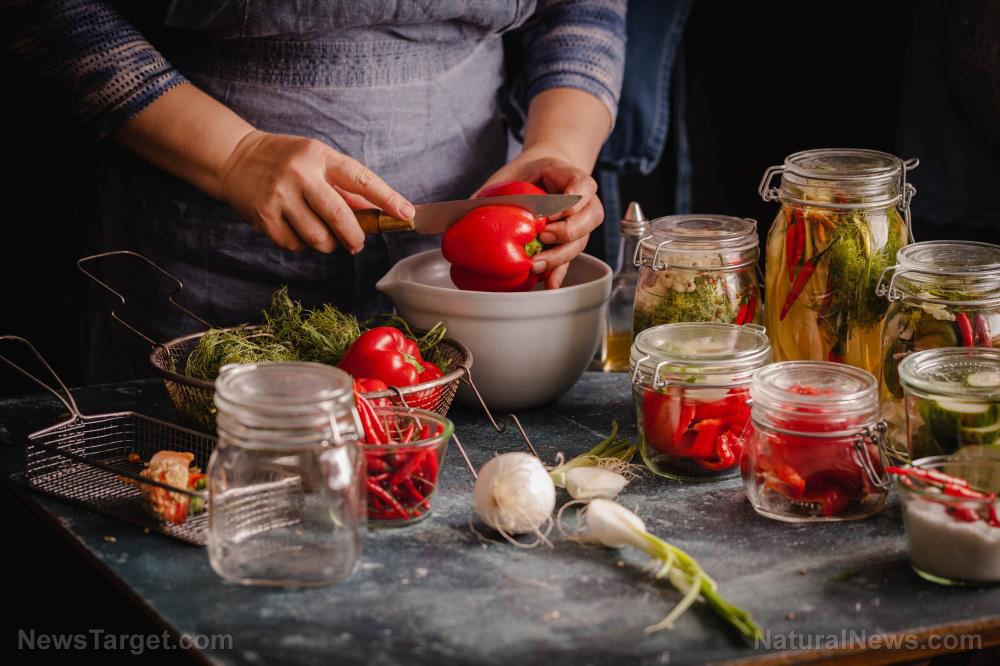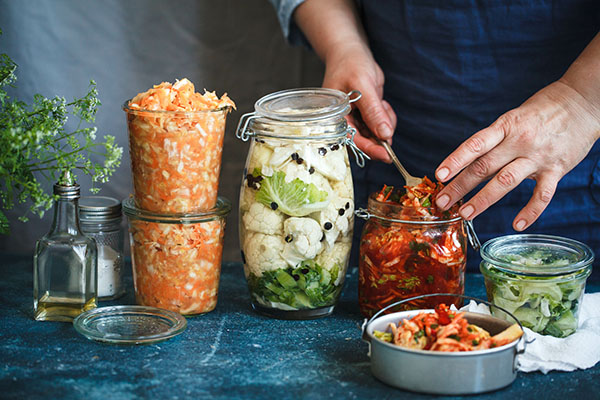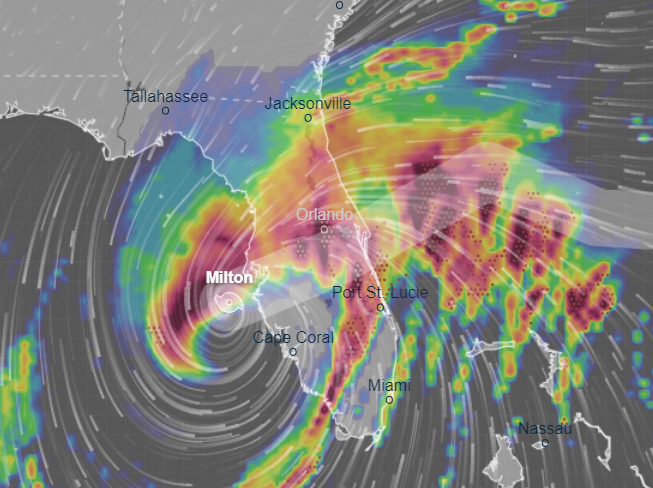Top emergency water storage tips for preppers
11/19/2024 / By HRS Editors

Emergency water storage might seem simple for non-preppers, especially if they think all it takes is pouring water into big containers. And while it is not complicated, preppers know how to avoid common mistakes so you don’t ruin your entire water supply. (h/t to SkilledSurvival.com)
Water is one prep item that’s overlooked.
According to a poll of U.S. adults, at least 53 percent don’t have at least three days’ worth of non-perishable food and water in their homes. This is bad because when disaster strikes, water and power will be the first two resources to shut down.
Humans can survive for a long time without electricity, but they cannot survive long without water.
Water storage tips
Water storage needs to be protected against viruses, contamination and bacteria, so you must take different measures to protect your water from these threats.
Do not store water in food-grade containers that have previously stored other items. It is difficult to rinse all the sugars and bacteria left over. Trace amounts of sugar or bacteria will taint the water.
Do not store water in cardboard containers. While you can buy bottled water, cardboard containers won’t last forever.
Do not store water in metallic containers that aren’t stainless steel. Other metals will corrode, and water will go bad. This will result in rusty water that isn’t safe for drinking.
Do not store water in containers that cannot be sealed. There are some exceptions, but this is risky because unsealed containers are at risk of contamination. For example, particles from the air, animals and insects can fall into the water.
Do not store water in direct sunlight or heat. Keep all water containers in a shaded, temperature-controlled room if possible. Sunlight, heat and temperature changes are the enemies of long-term water storage and will contribute to spoilage. Additionally, UV rays and heat are hard on plastics. Sometimes, glass can also leach chemicals. (Related: Prepping tips: Stockpiling non-perishable foods and water.)
Best containers for water storage
Use containers that have tight-fitting lids or caps to prevent contamination from insects, dust or other pollutants.
Food-grade plastic containers
Plastic is lightweight, durable and cheap. It is also easy to come by and replaceable.
However, plastic also has some disadvantages. Some food scientists have warned that plastic can leach chemicals into water, particularly if the containers are exposed to direct light or heat.
Plastic bladders
With a large plastic bladder, you can easily store a lot of water in your bathtub when SHTF.
Since a plastic water bladder is sealed, you don’t have to worry about contamination. Some bags can hold as much as 100 gallons and can be emptied and packed for easy transportation.
55-Gallon plastic drums
55-Gallon plastic drums take up a lot of space and are heavy when full, but they also guarantee that you have one of the most reliable ways to store water for a long time.
Food-grade stainless steel drums
Food-grade stainless steel drums may be the safest bet when it comes to storing water long-term. Steel drums contain no chemicals that can leach into the water.
The drums also protect contents from sunlight, and they are durable. However, steel drums are also the most expensive option.
Where to buy water filters before SHTF
The Health Ranger Store is committed to helping you prepare for any emergency.
That’s why we’re proud to introduce an assortment of water filters for your water storage systems such as the AquaPail Water Filter and Berkey PF-2 Fluoride and Arsenic Reduction Elements.
The AquaPail Water Filter is a necessary addition to your emergency supplies. It is the world’s only Gravity-Fed Emergency Water Filter with “End of Life” testing. This means that the DuraFlo™ Water Filter used in the AquaPail has been tested and certified by top U.S. independent laboratories to establish the water filter’s “End of Life,” or its actual usage capacity.
AquaPail filters do exactly what they say they can do at verified amounts without false claims or exaggerated quantities without proof.
Aquapails are available in three sizes:
- Small – 1,100 Gallons = Equivalent of one person’s total water needs for one year.
- Medium – 3,300 Gallons = Equivalent to three people’s total water needs for one year.
- Large – 5,500 Gallons = Equivalent to five people’s total water needs for one year.
While most water filtration systems remove only some of the many dangerous elements from your drinking water, the AquaPail™ Water Filtration System will remove or deactivate virtually all harmful substances from any non-salt water source.
Within minutes, the AquaPail™ water filter deactivates toxic bacteria, viruses, and cysts (such as Cryptosporidium and Giardia). It can also remove heavy metals.
The Duraflo proprietary filtration method deactivates and removes waterborne microbes from even the most contaminated water source.
Prefilter the contaminant particles as much as possible first, then use the AquaPail™ water filter to remove hydrocarbons, fluoride, chlorine and other harmful substances. The water filter is certified to filter out 99.99 percent of viruses for up to 550 gallons; and safely filter out 99.9999 percent bacteria and 99.99 percent of giardia and cryptosporidium for up to 700 gallons from highly contaminated water.
This provides clean, purified drinking water for yourself when SHTF.
AquaPail™ Water Filters are perfect for emergency preparedness, camping, boating, hunting and all outdoor activities.
You can also use Berkey PF-2 Fluoride and Arsenic Reduction Elements (Set of 2 Filters) to reduce fluoride and arsenic in your home water supply.
Fluoride
Testing for fluoride was based on 20-30ppm of the ion in the influent aqueous solution at a flow rate of no more than 3 gallons per minute (GPM) per cubic foot of media.
Results of ‹1ppm of the fluoride ion in the effluent were typical for the media (>95% reduction). Under optimum conditions, effluent concentrations of less than 50 ppb were readily achieved (>99.75% reduction).
Arsenic
This product uniquely targets the entire family of arsenic oxide anions and arsenic cations.
Replacement
Under normal conditions, it is recommended that each set of two PF-2 elements be replaced after 1,000 gallons.
The Berkey Light™ is 2.5 gallons therefore the PF-2 filters should be replaced after 400 refills. If the system is refilled about one time per day, the PF-2s should be replaced annually, if the system is refilled about twice per day, the PF-2s should be replaced about every six months.
Actual capacity is dependent on the presence of other competing contaminants in the source water. High levels of fluoride, arsenic and heavy metals may reduce the capacity and efficiency of the elements.
Visit CleanWater.news for more tips on proper water collection and storage. You can also visit Health Ranger Store and Brighteon Store for more clean food supplies for your prepping needs.
Click on this link to learn more common myths about emergency food storage.
Watch the video below to learn how Non-GMO Vitamin C can neutralize chlorine in water.
This video is from the Health Ranger Store channel on Brighteon.com.
More related stories:
Prepping 101: Tips to help you start your prepping journey.
Prepping basics: Essential tips on how to prepare for a long-term water supply disruption.
Prepping tips: How to survive with a limited water supply.
Does water expire? A basic guide to storing tap water for survival.
Sources include:
Submit a correction >>
Tagged Under:
clean water, emergency preparedness, emergency stockpile, emergency supplies, Gear, homesteading, how-to, off grid, preparedness, prepper, prepping, prepping supplies, SHTF, survival, survival kit, survivalist, tips, water filters, water purifiers, Water safety, water storage, water supply
This article may contain statements that reflect the opinion of the author
Get independent news alerts on natural cures, food lab tests, cannabis medicine, science, robotics, drones, privacy and more from NewsTarget.com
Get independent news alerts on natural cures, food lab tests, cannabis medicine, science, robotics, drones, privacy and more from NewsTarget.com
RECENT NEWS & ARTICLES
COPYRIGHT © 2017 · SURVIVAL NEWS










